The Estadio Centenario in Montevideo, Uruguay, stands as one of soccer’s most historic venues. It is renowned for hosting the first-ever FIFA World Cup final and has been the site where World Cup, Copa América, and Copa Libertadores champions have been crowned.
Walking through the halls of the Estadio Centenario is like stepping into a living history book. Built in 1930, the iconic stadium was the main venue for the inaugural FIFA World Cup, hosted by Uruguay. At the time, Uruguay was a small nation of just 2 million people, yet back-to-back Olympic gold medals in 1924 and 1928 gave the country priority hosting status.
These Olympic victories were recognized as world championships, which is why Uruguay features four stars on its crest. While the significance of these stars is now debated, FIFA President Jules Rimet and Henri Delaunay, a key architect of the World Cup, acknowledged the 1924 Olympic winners as world champions. In 1992, with FIFA’s approval, Uruguay added four stars to the national crest.
With Centenario in its name, it’s only right that the stadium will go all out to celebrate its 100-year anniversary in 2030. The iconic venue will host a commemorative opening match during the 2030 World Cup, and to prepare for the momentous occasion, it will be undergoing some major upgrades. But before we dive into the face lift, let’s take a trip back into the stadium’s history.
Stands and Their Meaning
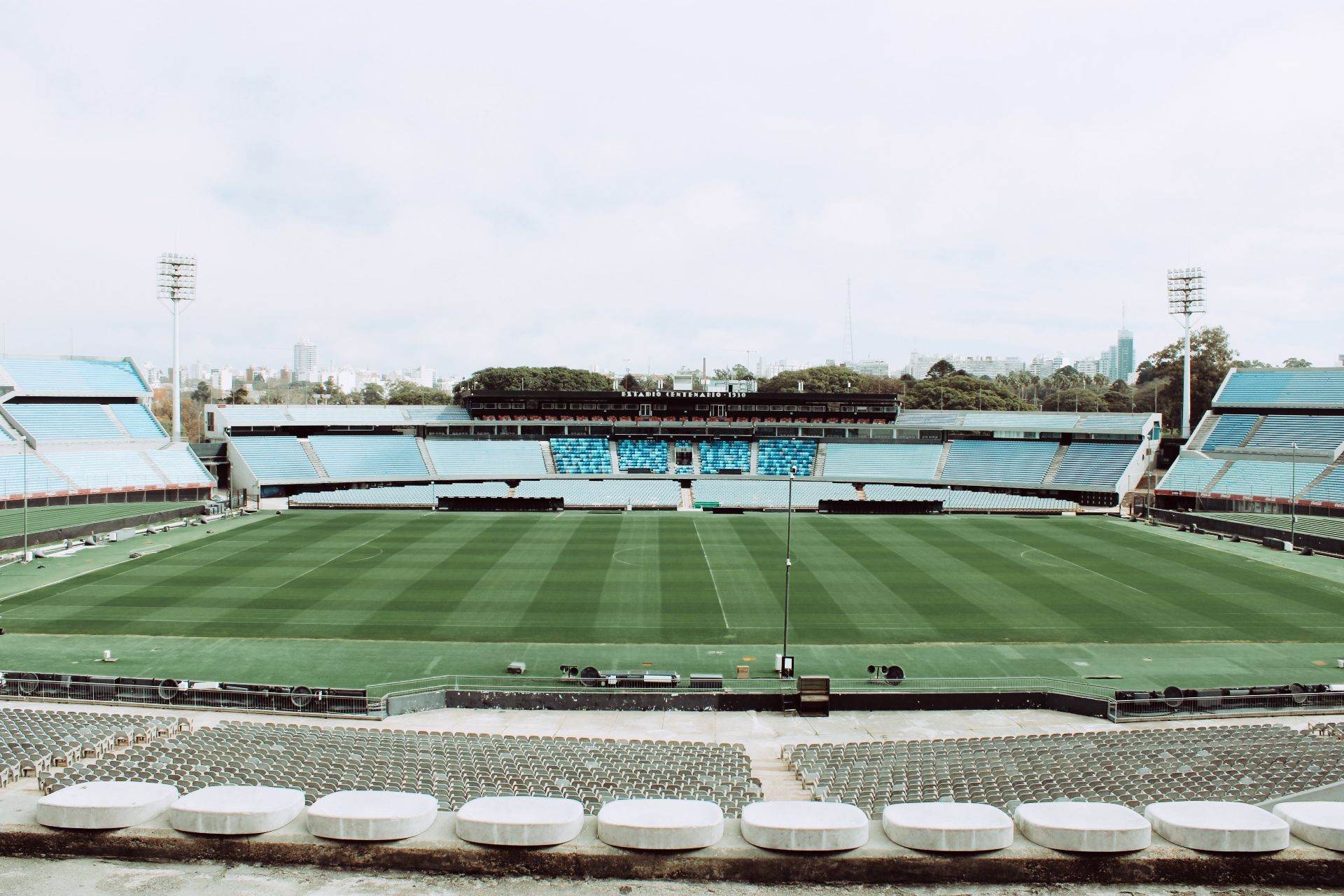
The Estadio Centenario is designed with four grandstands separated by lanes. The main grandstand, the Olympic Tribune, also known as the lower platea or Olímpica, is named in honor of Uruguay’s back-to-back Olympic victories. It can accommodate up to 21,648 spectators across its three rings.
The “popular” stands are more affordable and include the Colombes Grandstand, named after the French city where Uruguay won the 1924 Olympic title, and the Amsterdam Grandstand, named after the city of their 1928 victory. The America Tribune runs parallel to the Olympic Tribune and includes VIP and press boxes for 1,882 spectators, with space for an additional 2,911. Overall, the grandstand can seat 5,957 people.
Historic Achievements
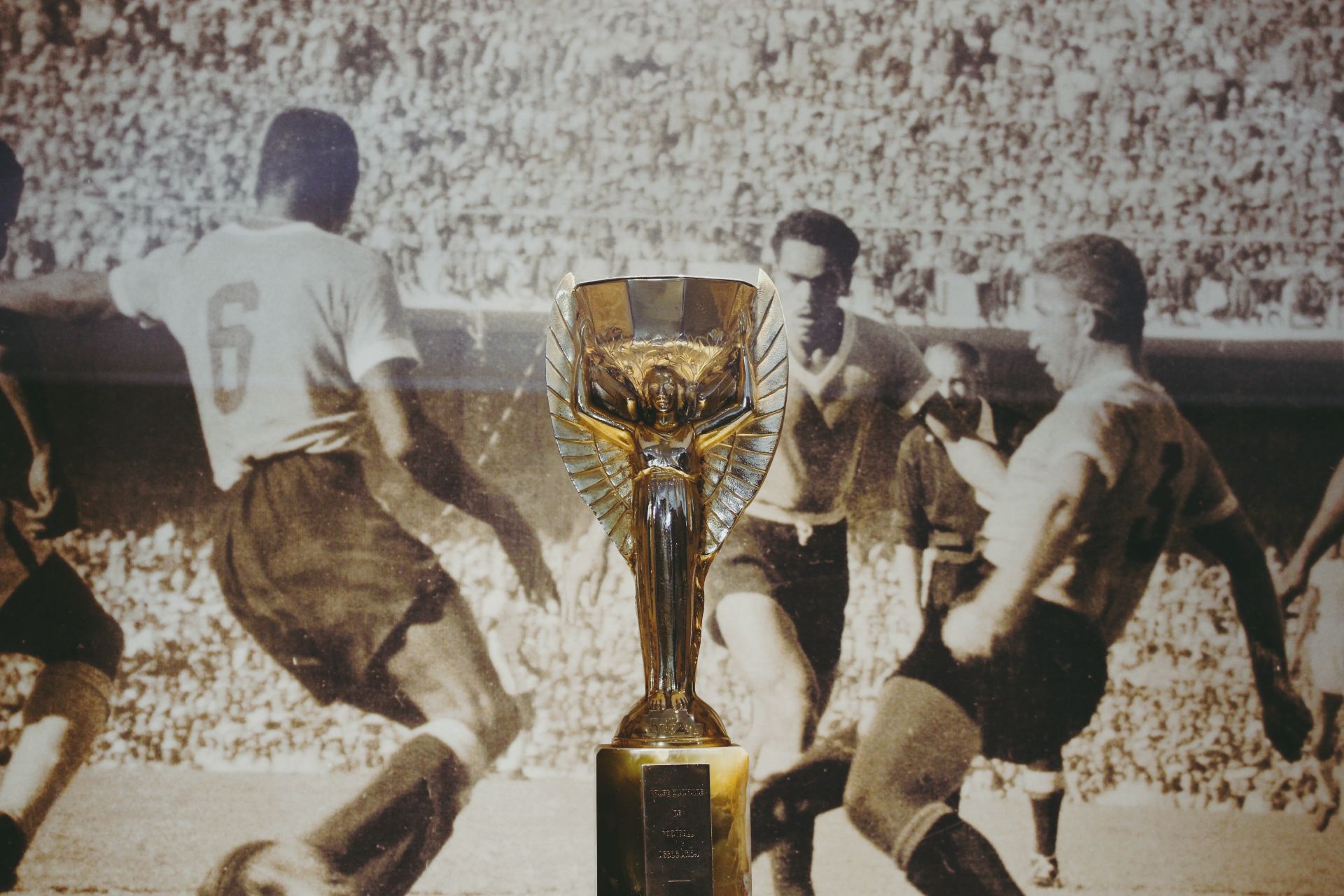
Beyond the inaugural World Cup in which it was constructed for, the Estadio Centenario has hosted numerous significant events. Uruguay won the 1995 Copa América there, defeating Brazil. The stadium also hosted the 1980 Mundialito, a celebration tournament marking the 50th anniversary of the World Cup, where Uruguay again defeated Brazil 2-1, mirroring their 1950 triumph in Rio de Janeiro’s Maracanã.
On the club stage, the stadium has played host to numerous Copa Libertadores finals, and saw a home victor on two occasions, both times Nacional in 1980 and 1987. Ironically, Peñarol, a Uruguayan side with five Libertadores championships, has never won the title at home in the second leg.
Other Copa Libertadores victories have been celebrated by teams from across the region, including Estudiantes de La Plata, Independiente, Boca Juniors, Flamengo, and Palmeiras. Racing Club of Argentina, Nacional, and Peñarol have won the Intercontinental Cup, the predecessor to the Club World Cup, on the Centenario’s sacred pitch as well.
A Museum of Achievements
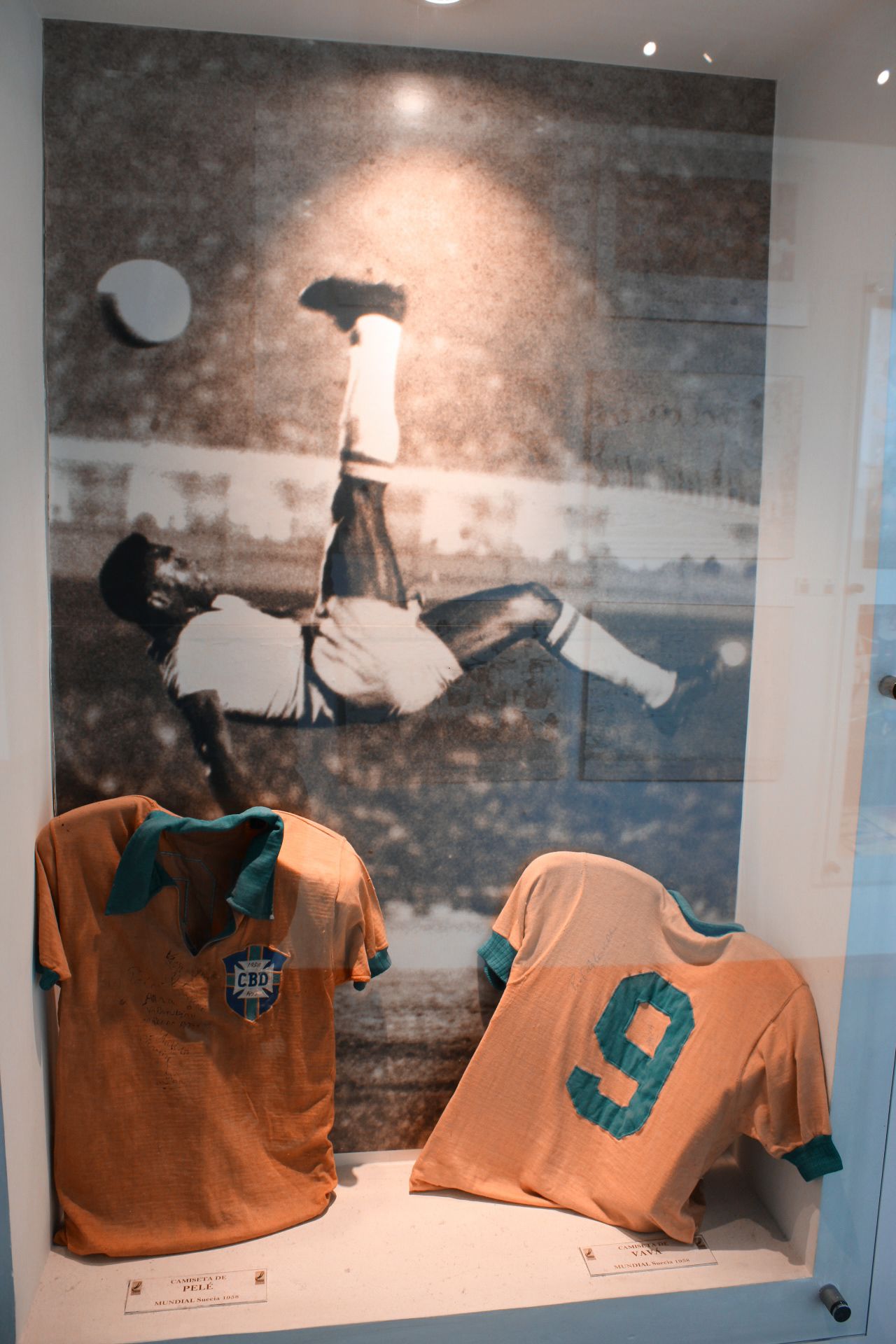
In addition to its rich history of soccer triumphs, the Estadio Centenario houses the Museum of Football. Visitors can explore exhibits related to the Copa América, view replicas of the Jules Rimet Trophy awarded for the 1930 and 1950 World Cups, and see memorabilia such as signed jerseys by Pelé and Diego Maradona. The museum also features a blown-up newspaper image of the stadium from an era before television, where clippings with numbered squares helped commentators describe the action and allow the listener the chance to imagine where the play was taking place on the field.

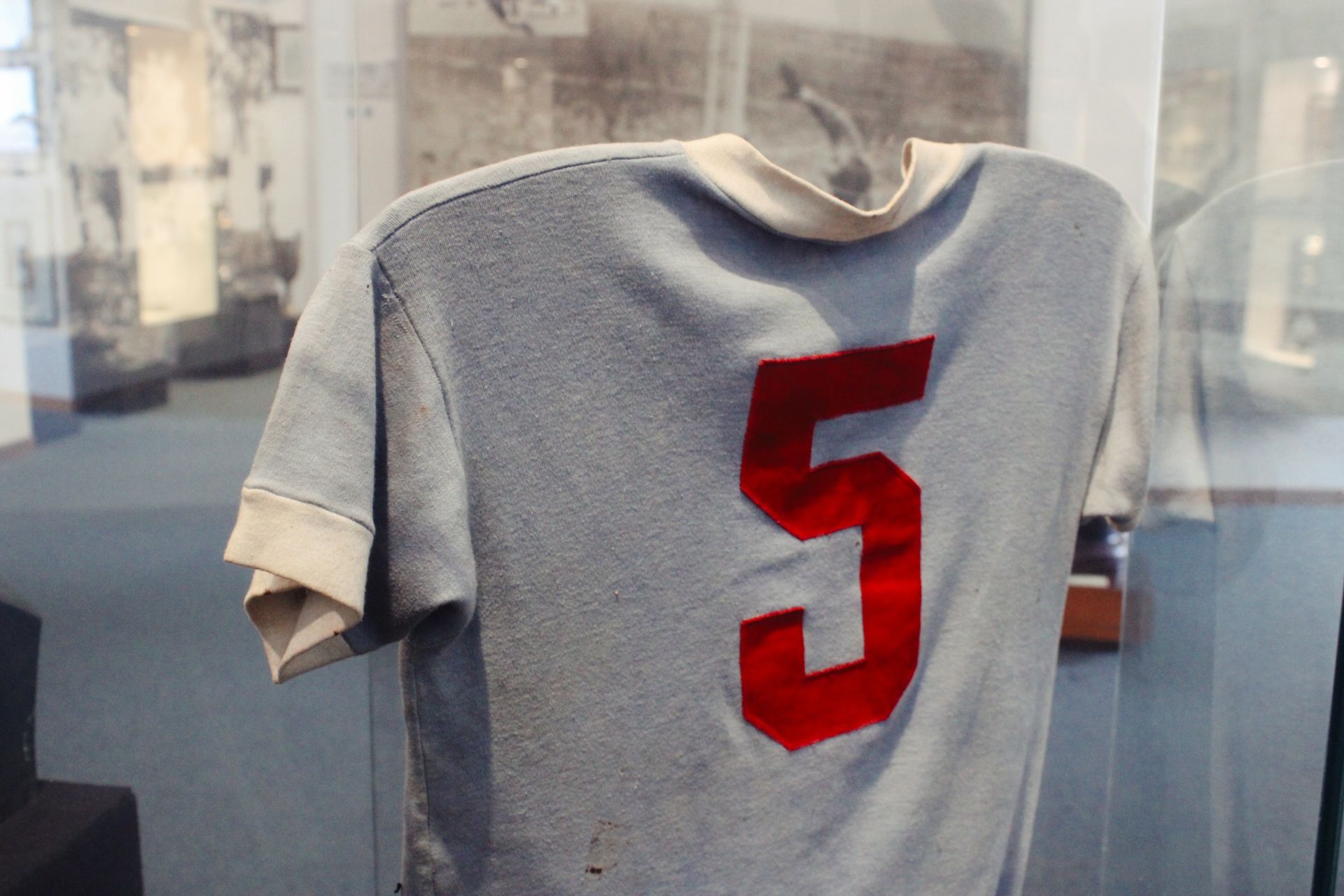
Modern displays include kits worn by Diego Forlán, Luis Suárez, and Thierry Henry, with a special section dedicated to Pedro “Vasco” Cea, who won Olympic gold in 1924 and 1928 and the FIFA World Cup in 1930.
Looking to the Future
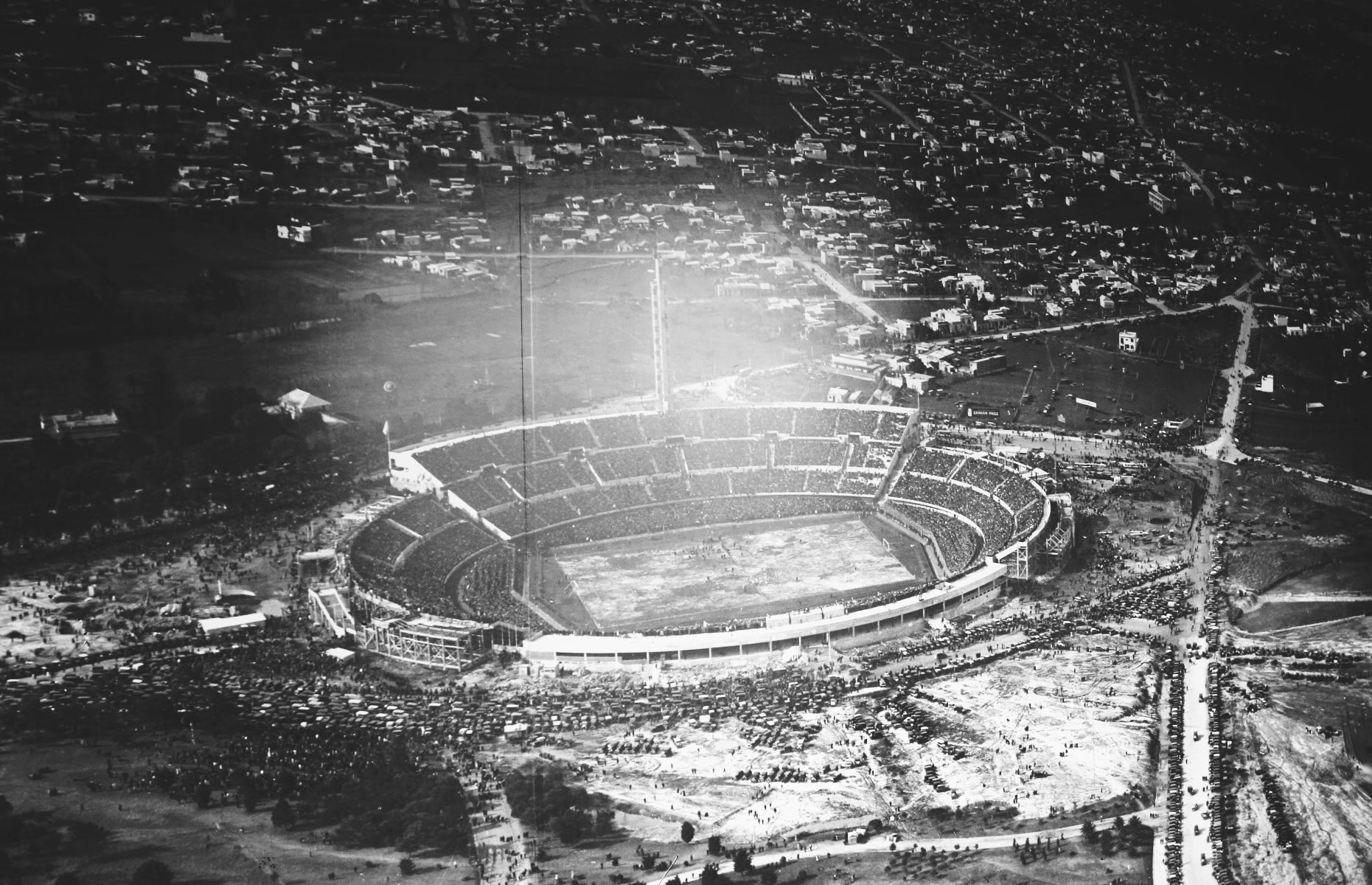
As the 2030 FIFA World Cup approaches, FIFA has confirmed Spain, Portugal, and Morocco as official hosts. However, special matches, including the opener at the Estadio Centenario, will also take place in Argentina, Paraguay, and Uruguay to celebrate the tournament’s 100-year milestone.
As such, the Uruguayan landmark is currently preparing for a major renovation to increase its capacity from 60,235 to 63,000. The upgrades will include a roof over most of the stadium, excluding the Torre de los Homenajes sector, in addition to new commercial areas, hospitality zones, and improved accessibility routes.
These enhancements will bring the stadium up to the highest FIFA standards, enabling it to host a variety of activities and becoming a prominent venue in the city. The renovation will focus on sustainability with features like brise soleils to reduce air conditioning needs, efficient lighting systems with sensors, and water reuse systems.
A Stadium for Culture
The Estadio Centenario is not just a soccer venue but also a cultural landmark. It has hosted major international artists such as The Rolling Stones, Aerosmith, Bryan Adams, and Paul McCartney. Its cultural significance to Uruguay is immense, and it will play a crucial role in the 2030 World Cup, a century after hosting the first tournament.
While many modern stadiums boast luxury amenities, few can match the historic legacy of the Estadio Centenario. For any true soccer fan, a visit to this iconic stadium should be on their bucket list.
Urban Pitch thanks Gerardo Cal, caretaker of the Museum of Football, for his time and patience in showcasing the stadium.








